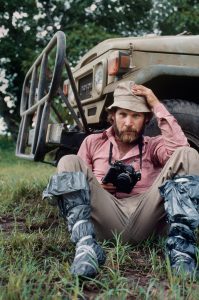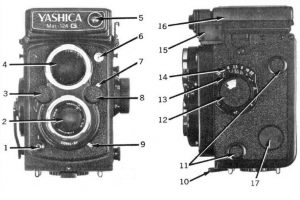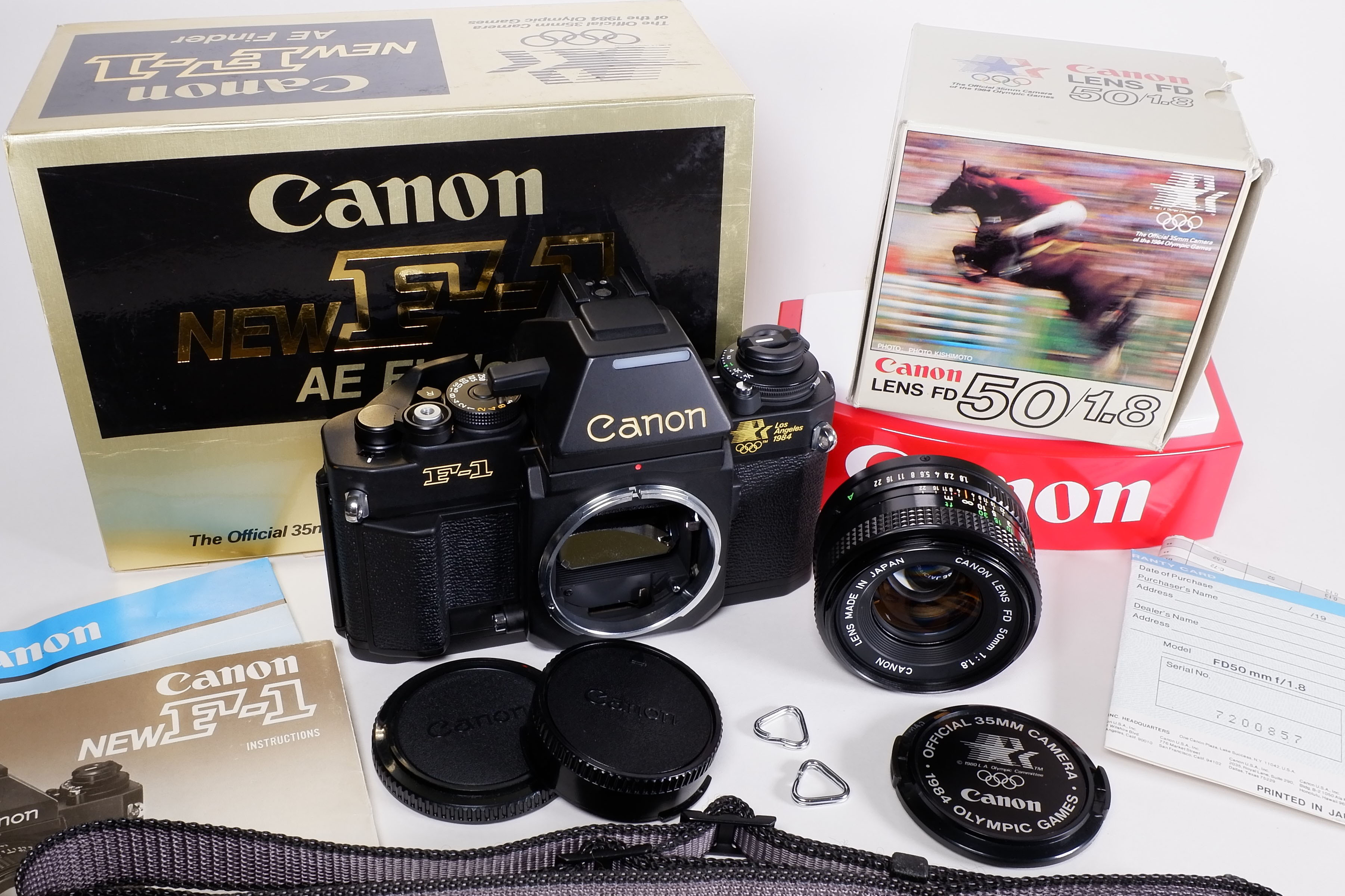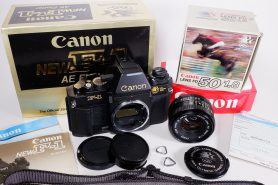
In each of the past four year end wrap ups of those year’s top cameras, Modern Photography selected 47 cameras each time. For the first time since I’ve been looking back to these articles, the number gets rounded up a “less odd” 48. Why 48 and not 47 again or even 50? The top 50 cameras has a better ring than top 47 or 48, but 48 it is this time around.
As they did in years past, in their December 1984 issue, Modern breaks down the cameras into specific categories, starting off with what they call “Automatic 35mm SLRs”. Looking through the list, I can’t quite understand what qualifies these cameras as “Automatic” other than featuring some levels of automation.
With models like the Canon A-1, Minolta X-700, Nikon FE2, and Olympus OM-4, none of these cameras have auto focus or even automatic film advance. Most of these models do have some level of auto exposure, but next to the OM-4 is the fully manual Olympus OM-3. It has a meter for making an exposure recommendation, but no auto exposure and certainly not what I would call an automatic camera.
Strangely, in the next grouping of what they call “35mm Focal-Plane Shutter Reflex”, we have the Olympus OM-2s Program, which as the same suggests, has Programmed AE like many of the others in the Automatic section.
Modern’s quality control also takes a hit in the “2 1/4 Single Lens Reflex” section where they have the Twin Lens Mamiya C300 Pro S. What were they thinking?!
Following 35mm SLRs, we see that the number of 35mm rangefinders is down to only two, the excellent Leica M6, and Contax T35. TLRs have also dwindled down to two with the only entries being the YashicaMat 124G and previously mentioned Mamiya. While I have no beef with the 124G, it being first released in 1970, fourteen years before this list, I wonder if the editors of Modern included it as some sort of obligation to the Rolleiflex days of yore.

The Yashica isn’t the only camera on this list with a design dating from the 1970s as the Plaubel Makina 67, Canon A1, and Minolta XK were all designs a bit long in the tooth by December 1984, suggesting that either Modern wasn’t as impressed with newer cameras being released as their earlier counterparts, or that less effort was being put into these lists. Not having access to issues past 1984, I am unsure of how much longer Modern did these year end wrap ups, but the overarching feeling of “phoning this one in” suggests this might have been the last time.

Adding to my speculation about Modern’s apprehension of newer technologies is the absence of many auto focus models. The only two on the list with this feature is the Polaroid 680 SLR with it’s unique sonar focusing system and the ungainly Nikon F3AF which uses an external focus motor attached to a proprietary lens. While the Nikon F3 in any guise is worthy of being on this list, to select the one-off oddity as one of only two representatives to what was already a popular sub genre of cameras is strange. Certainly, auto focus SLRs like the Maxxum 7000 and Canon EOS 650 hadn’t yet made their debuts, but there were some pretty terrific cameras in the auto focus point and shoot segment, like Nikon’s L35 and the Canon Autoboy series or even Canon’s T80 which was pretty cutting edge with it’s three auto focus lenses, and the same programmed AE models and lens support as the Canon T70 which did make the list.
Compared to Modern’s Top 47 list from 1979, the number of cameras from this list which I have personally used, has dropped to 11 from 19 on the previous list. I don’t know if that’s a sign of my preference away from mid 1980s cameras, or whether it’s just that there were too many variations on the same thing, for example the Mamiya M645 vs M645 super, Pentax ME Super vs Super Program, etc.
As always, I don’t agree with this entire list, either in model selection or categorization, but there’s certainly enough GAS worthy gear here that I can see myself as a young lad, picking up this issue in December 1984 and salivating over it’s pages (although to be fair, I would have only been six years old!) What do you think? Let me know in the comments section below.
Once again, an added bonus is the music video for Van Halen’s “Hot for Teacher” off their album, 1984.
All scans used with permission by Marc Bergman, 2020.


